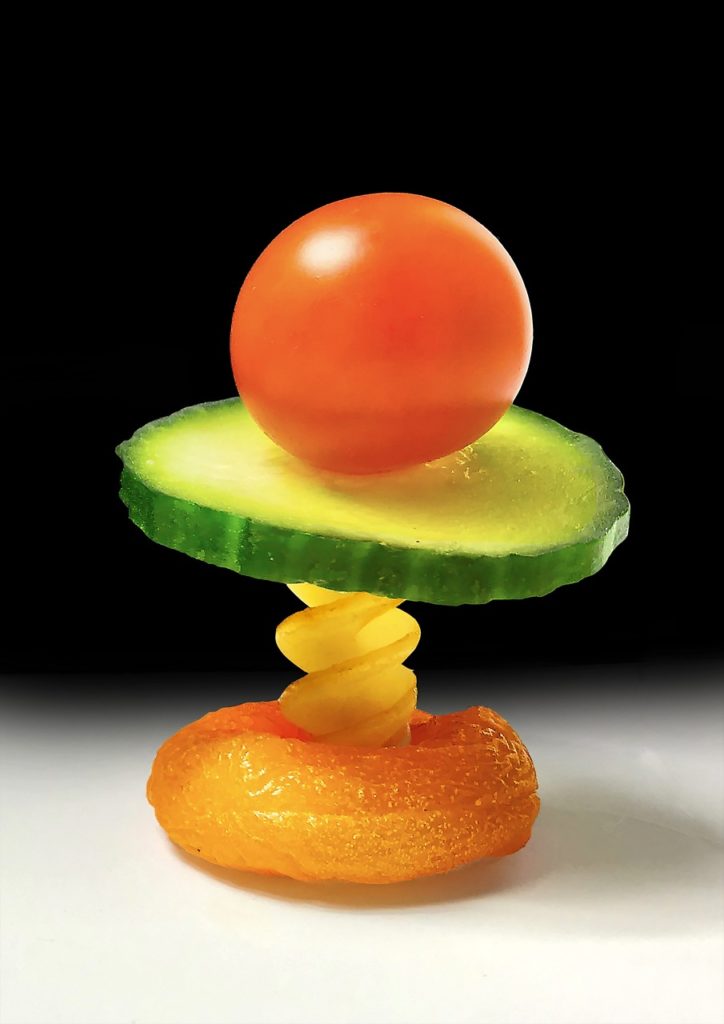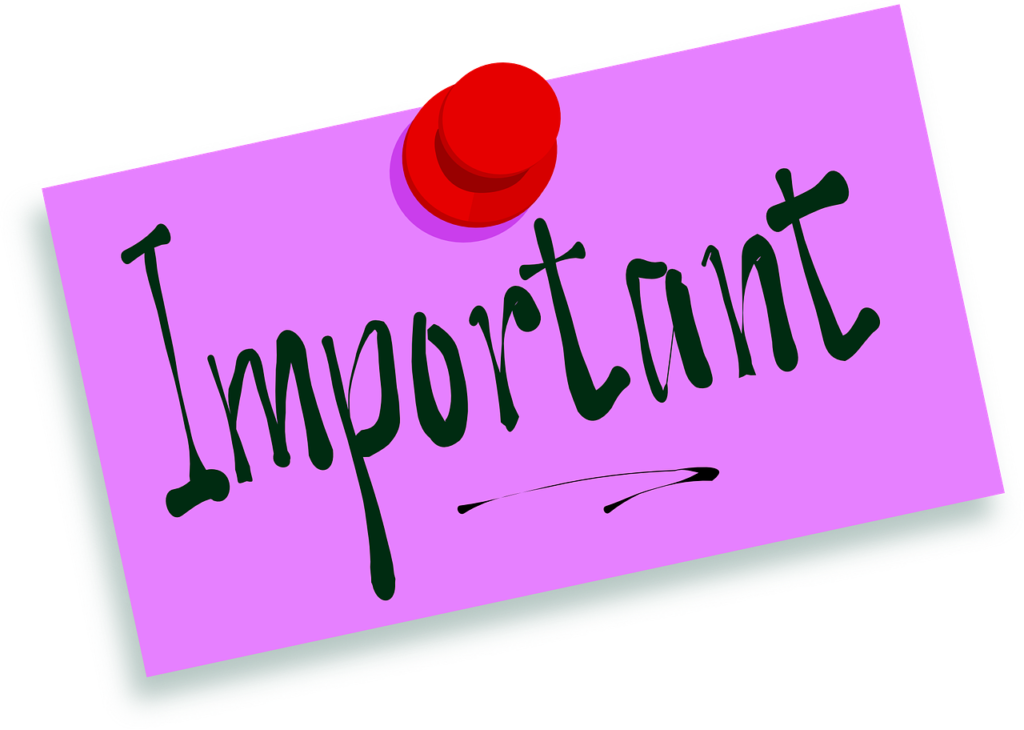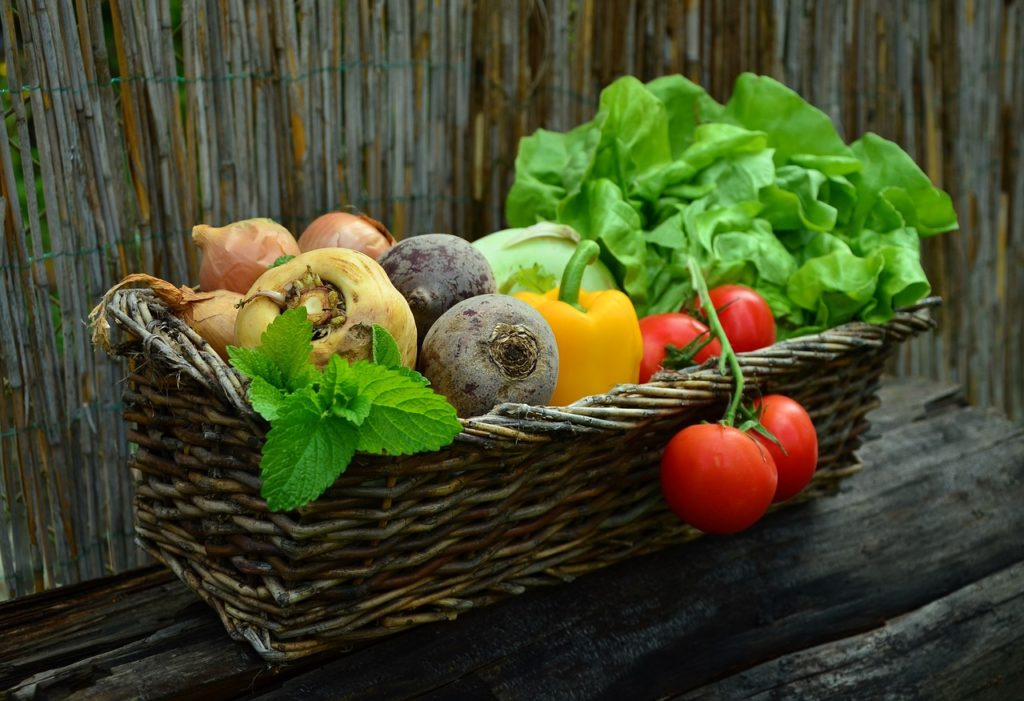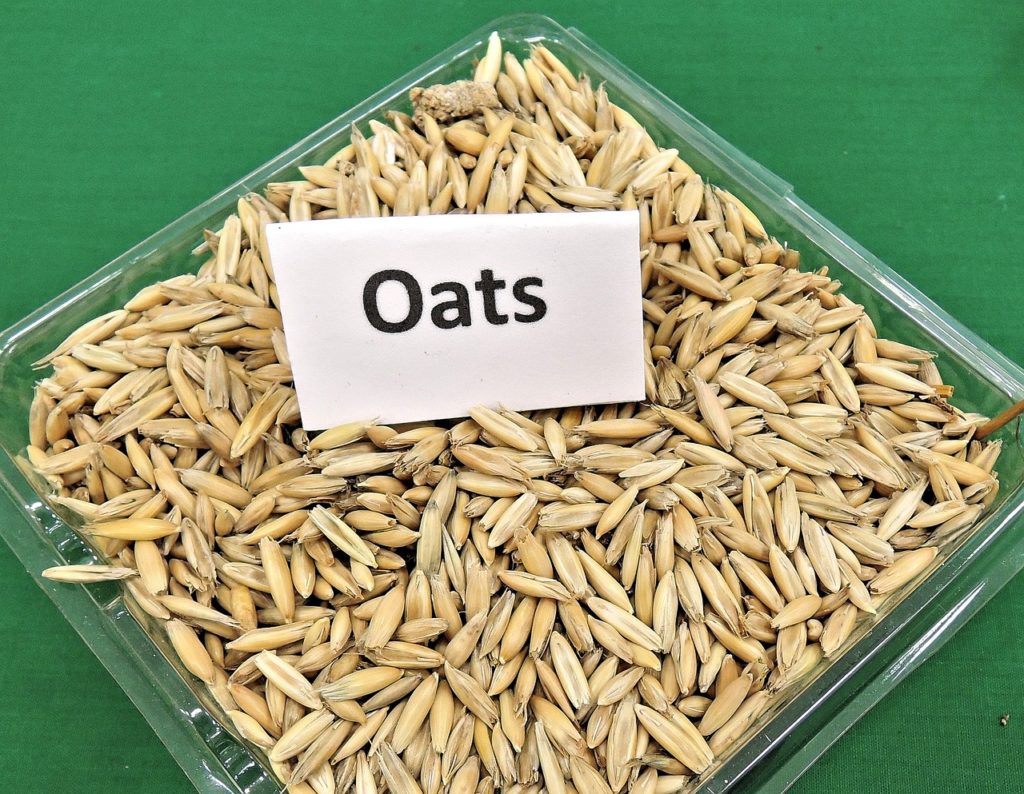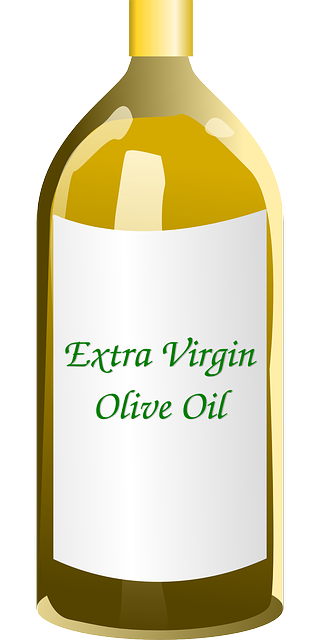A Balanced Diet?
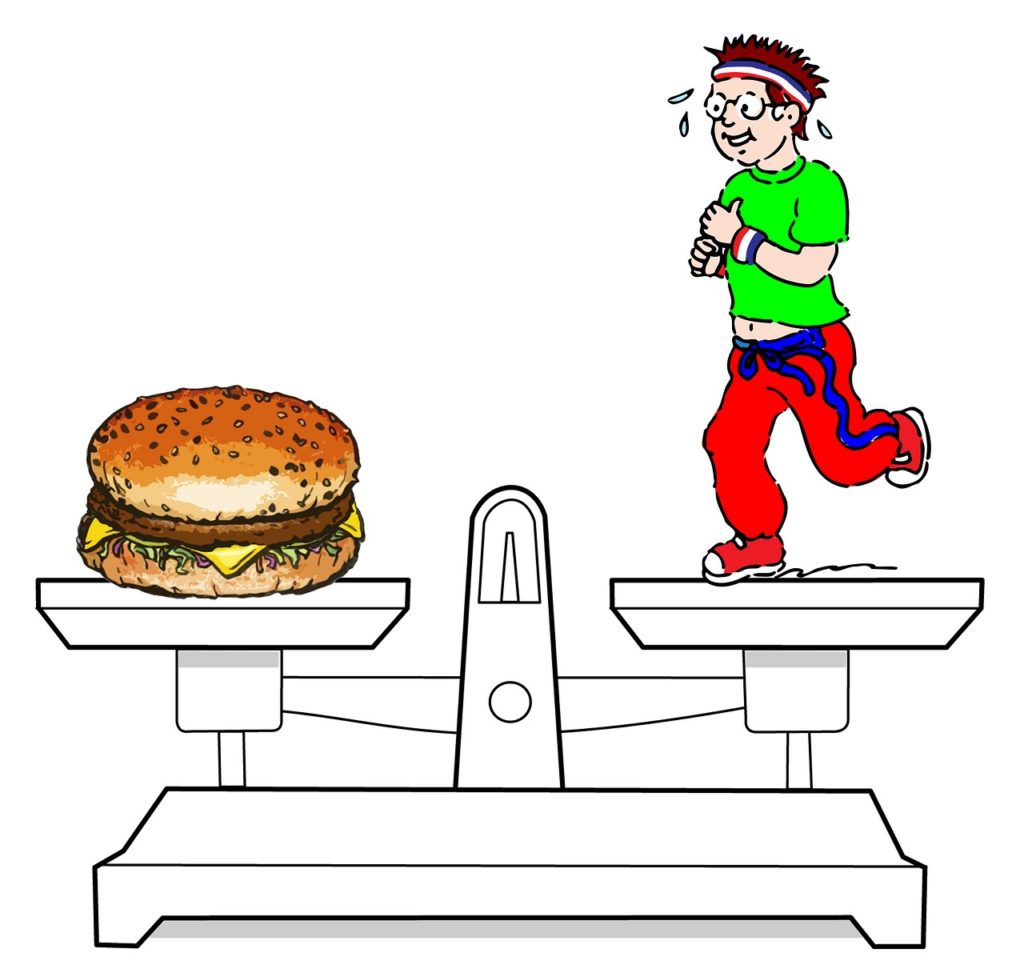
What Is a Balanced Diet? When you eat a balanced diet, you give your body the nutrients it needs for healthy functioning. A balanced diet is the same as a complete diet because it has the right proportion of minerals, vitamins, other essential nutrients, and optimal calories for your body’s makeup.
A balanced diet features foods from the following core elements:
- Proteins
- Fruits
- Vegetables
- Grains
- Fats/oils
Why Is a Balanced Diet Important?
A balanced diet helps you maintain good health throughout your life. And reduces the risks of developing chronic health conditions and diseases. So then, when you have a poor diet, you function at less optimal levels. Also, you may experience bouts of infection, fatigue, brain fog, or other health conditions. Furthermore, some of the leading causes of death, including heart disease, Type 2 diabetes, cancer, and stroke. Also, have a strong connection with a poor diet.
Understanding Calories
(CALORIES = ENERGY)
The foods you eat contain a certain number of calories. Rather than a physical component, calories are a measure of how much energy your body gains when it breaks down and metabolizes the food. Consequently, the number of calories your body needs depends on your age, gender, and activity level.
In general, men need more calories than women. But children need fewer calories than adolescents. However, young adults aged 18 to 25 require the most calories of all age ranges. Here, caloric needs decline as you move through adulthood. So then, an older adult aged 85 would need fewer calories than an adult aged 50.
Choosing a Balanced Diet
Opt for nutrient-dense whole foods that provide the most nutritional value for the number of calories created. Thus, this ensures that your body processes high-quality components and fuels you for the long term.
High-quality foods have a variety of nutrients:
- Vitamins
- Minerals
- Fiber
- Healthy fats
- Carbohydrates
- Protein
- And other components like antioxidants
Foods to Avoid or Limit
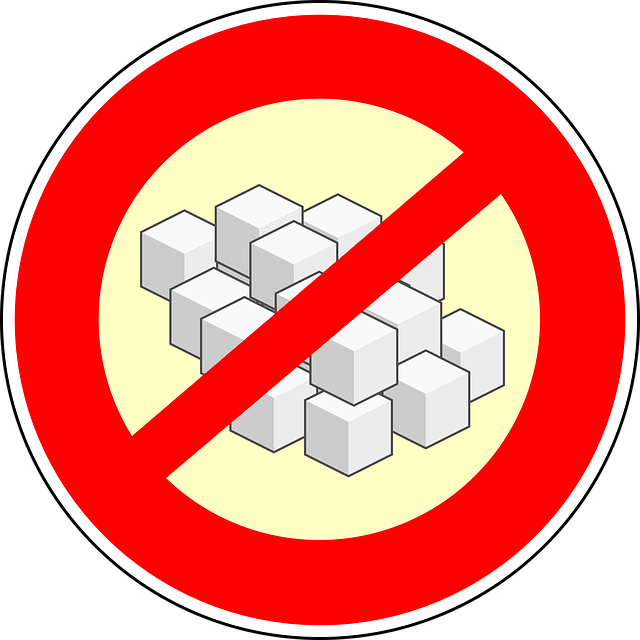
To avoid empty calories, limit your intake of foods considered nutrient-poor. Examples of this broad range of foods include:
- Highly processed foods
- Refined grains
- Refined sugars
- Sweetened drinks
- Red and processed meats
- Saturated and trans fats
- High-glycemic foods
You should also limit your intake of salt and added sugars. Too much sodium can increase blood pressure and increase risks for heart disease and stroke. In addition, too much sugar can increase risks for tooth decay and obesity. Lastly, alcoholic beverages affect cholesterol, triglyceride, and insulin levels. They can also increase risks for liver inflammation or scarring. And elevated blood pressure, weight gain, or even some cancers.
The Six Core Food Elements
A balanced diet starts with the right ratios of foods from the six core elements:
Proteins
Proteins should make up ¼ of your plate, or about 5.5 ounces each day. Choose lean red meats, seafood, poultry, eggs, nuts, beans, lentils, and seeds.
Fresh Fruits
Fresh Fruits should make up ¼ of your plate, or about 2 cups a day. Choose dried, fresh, or frozen fruits, but remember that dried fruits are more concentrated in natural sugars. Fruit juices have high sugar levels and should not be a major part of your diet. Also consider a variety of fruit colors to get the most nutrients.
Vegetables
Your Vegetables should account for ¼ of your plate if you’re eating fruits as well. But, otherwise, they should fill ½ of your plate and be equivalent to 2.5 to 3.5 cups each day. Also, when you choose vegetables, select from different subgroups to enjoy the most benefits.
Subgroups include:
- Dark green vegetables
- Red and orange vegetables
- Legumes
- Starchy vegetables
- Other vegetables
Grains
Grains should take up ¼ of your plate and add up to about 6 ounces per day. And your grains should come from whole grains wherever possible including:
- Buckwheat
- Oats
- Dark rye
- Quinoa
- Whole-grain cornmeal
- Wild or brown rice
- Whole wheat
- Bulgur
- Amaranth
Fats/Oils
While some fat is essential for a healthy diet, the type and quality available vary. Choose healthy unsaturated oils like extra virgin olive oil, sunflower oil, and safflower oil. And limit your intake to about 27 grams a day. So then, foods rich in healthy fats include chia seeds, ground flax, avocado, nuts, seeds, and fish.
Dairy

Dairy has essential nutrients like calcium for strong teeth and bones. Here, aim for 3 cups a day from low-fat or fat-free products like milk, yogurt, cheese, kefir, and buttermilk.
A healthy diet gives you energy and all the nutrition your body needs. Consequently, talk to your doctor if you’re having trouble maintaining a healthy diet or with eating certain foods.
In Conclusion
A balanced diet is far more desirable that supplements for vitamins and nutrients you need to stay fit and healthy
Important Note *
Remember that everyone is different, and it is ultimately YOUR RESPONSIBILITY to find what your body responds to. So please do your due diligence before trying anything new, including getting Medical Advice to ensure your safety and peace of mind.
Connect with me and leave a comment or two on my social media.
